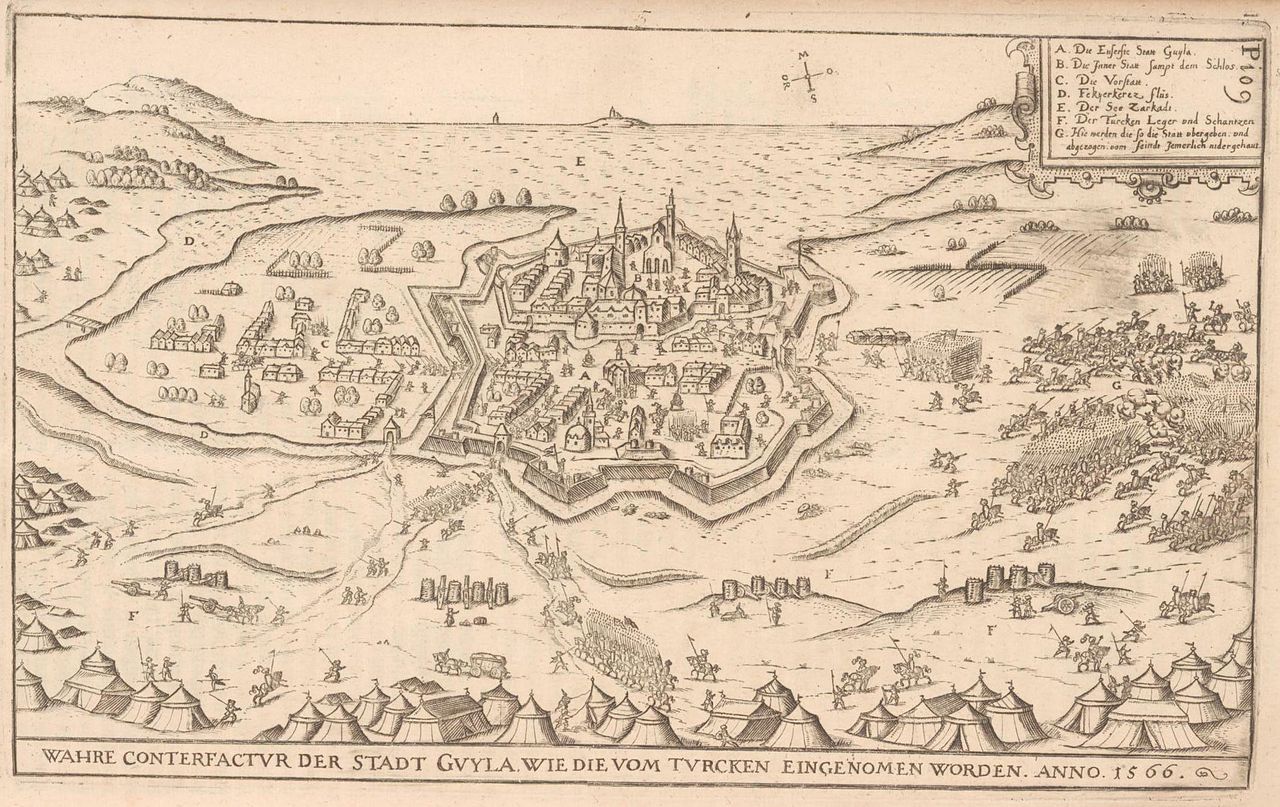The cultural program will start on Thursday in the Franciscan Church and Monastery of Szeged.Continue reading

Between July 26 and 28, 250 traditionalists from 20 organizations will recall the Siege of Gyula at The Border Fortress Days of Gyula in southeastern Hungary. As an innovation this year, horse and dog traditionalists will also take part in the program.
Dániel Repisky, managing director of the Erkel Ferenc Nonprofit Kft., organizing the event, said the main aim of the program is to give an authentic, contemporary picture of the siege of the castle in 1566.
The festival is the most visited event of the Gyula tourist season, with around 30,000 participants expected this year,
he added.
Ágnes Kovács, the main organizer, stressed that 70 programs were being organized at 7 venues. The traditionalist groups will present artillery, weapons and costume demonstrations. In addition, a new feature this year is that one of the most popular elements of the program, the parade of traditionalists, will be accompanied by horsemen, with the Gömöri Lovas és Népi Hagyományőrző Egyesület (“Gömör Horse and Folk Traditions Association”) also holding a horse show on Saturday.
György Czeher will bring dogs to the festival, and will give several lectures on, among other things, the dog-handling methods of the Ottoman Hungary, fighting dogs breeds and “spy pigeons”, added Ágnes Kovács.
The siege of the castle in 1566 will be brought to life on Saturday, and its recapture in 1695 on Sunday, with traditional commentary by retired military historian Tamás Chikán.
This year, gastronomy will be a new feature: in addition to a lecture by archaeologist Emese Anna Lovász, there will be a baroque open kitchen and a medieval menu tasting.
The Hollóének Hungarica Régizene Együttes will play several concerts, along with the KENTON and GRUND bands on Friday, the Bagossy Brothers Company on Saturday and the Edda Művek on Sunday.
The detailed program of the The Border Fortress Days of Gyula can be found here.

Gyula in 1566, during the siege. Photo via Wikipedia
The Siege of Gyula was ended by an agreement between Castle Captain László Kerecsényi and Pertev Pasha, Suleiman the Magnificent’s brother-in-law. However, the Ottomans attacked the retreating army and most of the men were killed or taken as prisoners. Kerecsényi was chained and taken first to the Ottoman camp at Szigetvár and then to Nándorfehérvár (now Belgrade), where he was tortured cruelly and, after several months of captivity and unsuccessful attempts to free him, was finally executed.
Via MTI; Featured image via Wikipedia